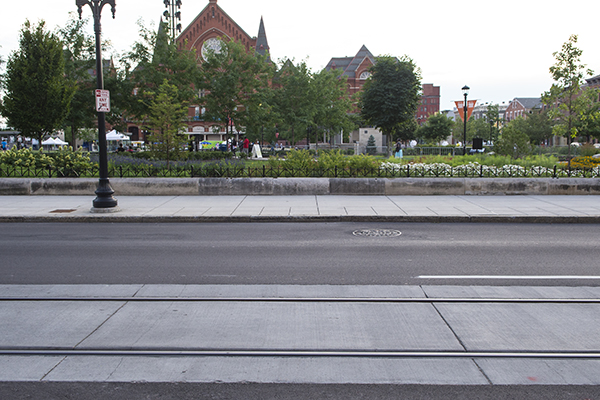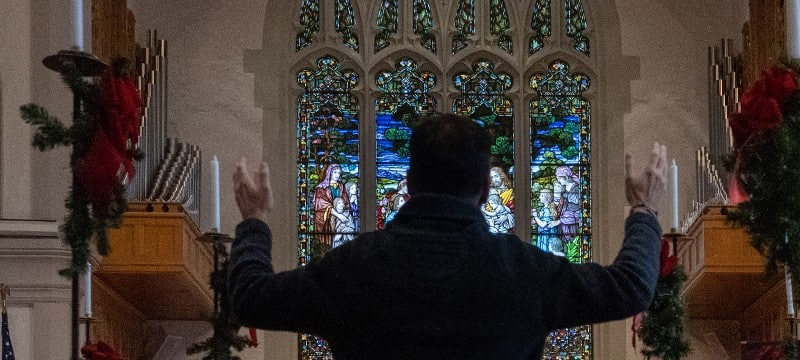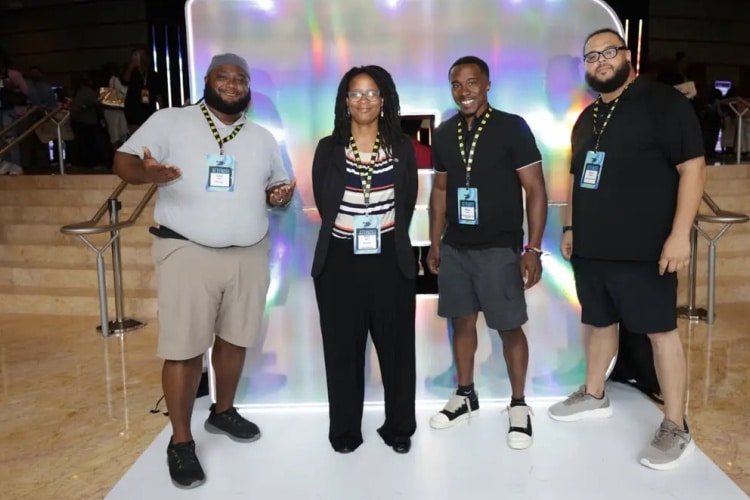Soapdish: What might have been with MetroMoves, what might still be
Hamilton County voters resoundingly rejected MetroMoves in 2002, but Casey wonders if the comprehensive light rail vision could make a comeback once Cincinnati's streetcar is a success.
“It doesn’t go anywhere.”
This statement is one of the biggest complaints detractors have about the under-construction first leg of Cincinnati’s streetcar line. It’s often repeated mantra-like, sort of a reverse NIMBY: “Why isn’t it in my backyard?”
What if the streetcar line were bigger and did go more places? What if we incorporated the abandoned 1920s era subway tunnels at Liberty Street, Race Street and Brighton and ran light rail from West Chester up north to Florence way down south, from Northside to The Banks, from Eastgate to Dent and from King’s Island to the airport?
What if we built a 60-mile regional rail network carrying 133,350 riders every day? What if this rail network were incorporated into a vastly improved network of busses and transit hubs? That system would surely touch a lot of the region’s backyards.
If that’s your idea of a transportation system that goes somewhere, you would pretty much have an updated version of the 2002 MetroMoves proposal by the Southwest Ohio Regional Transit Authority (SORTA) to expand and improve public transit in Greater Cincinnati, funded by a half-cent sales tax that would have raised approximately $60 million annually. The 30-year vision included light rail lines, commuter rail lines, streetcars in the downtown area and expanded Metro bus routes.
When this ambitious ballot measure was put to a vote in 2002, Hamilton County resoundingly rejected the proposal 68.4% to 31.6%.
MetroMoves was visionary and exceedingly ambitious to a fault, transformative for a city and region looking to expand on a vastly deficient transit system. Five light rail lines would criss-cross the city, incorporating (at long last) our abandoned subway tunnels, linking with dozens of new cross-town bus routes and suburban transit hubs. The streetcar line was nearly identical to what’s currently under construction, while also travelling up Vine Street and then heading east on Martin Luther King Blvd., crossing I-71 and hooking up with a light rail line at Gilbert Avenue in Walnut Hills.
SORTA bus lines and schedules would be markedly improved, with more frequent service, more late night and weekend service and new transit hubs to connect with the rail stations.
I arrived in Cincinnati in 2003, a year after MetroMoves was trounced at the polls, and people spoke about it only in hushed tones. Like Voldemort, it was a name that could not be said aloud. And transit advocates in Cincinnati were somewhat shell-shocked by the voting results.
What emerged from the MetroMoves debacle was a vastly scaled down 3.6-mile streetcar loop. What was once a comprehensive regional light rail plan had been reduced to a downtown circulator. Essentially, we have to crawl before we can walk (or ride a streetcar for that matter).
Cincinnati public transit advocate John Schneider — some call him Mr. Streetcar — chaired the MetroMoves campaign and still maintains that it was a “good plan.”
Schneider laments that we lost a lot of good people in the wake of the failed MetroMoves campaign, as leaders moved on to San Diego, Baltimore and Seattle, among other places. He admits that he’s one of the last of the old guard remaining and, as such, is pretty much the repository for all of the old documents, analyses, binders and transcripts piled high in a corner of his building’s basement on Eighth Street, a rocking chair nearby.
While he repeats the assertion that MetroMoves was a good plan, he does recognize that it was also “a little ambitious” and the timing could have been better. Would it have been more strategic to pick a starter line? Perhaps, but Schneider maintains that then-Metro CEO Paul Jablonski had a “regional vision” for the system.
Unfortunately, in something of a “wag the dog” scenario, transit leaders were led to believe that they needed the MetroMoves tax revenue as our local match to be included in the 2003 federal transportation bill, which ultimately was not passed until 2005. As a result, the campaign was rushed, lacking somewhat in neighborhood outreach and the dissemination of information. And while nature abhors such a vacuum, political opponents thrive in it, and they capitalized on vague assertions of misinformation and ambiguities to smear the ballot initiative at all costs.
Schneider maintains that not enough people understood the MetroMoves plan, and the opponents were adept at exploiting that weakness. And there were a number of X factors: the 2001 “civil disturbance” was still very much in the minds of voters, gas prices were low and the country was preparing for war with Iraq.
Moreover, as Schneider and his team learned from post-campaign polling, voters were acutely aware of the cost overruns at Paul Brown Stadium and generally distrusted that Hamilton County could effectively manage a transit system of this magnitude.
Schneider also admits that, rather than “trying to be all things to all people,” the initiative would have been better served by focusing on what he characterized as the “sweet spots of transit” — I-71, I-75, east to Hyde Park and west to the West Side, with a spine extending from downtown through uptown and Xavier. It should have targeted specific incorporated communities and towns that understand transit as opposed to a blanket county-wide effort.
MetroMoves support was strong between I-71 and I-75 and south of the Norwood Lateral. Over-the-Rhine and downtown passed it 2-1, but the plan also had strong support in Mariemont, Mt. Auburn, University Heights, Clifton, Woodlawn and Lincoln Heights. But its doom came in areas like Norwood, Anderson Township, Madiera, Indian Hill, Deer Park, Sycamore Township and pretty much the entire West Side.
Outside of the city of Cincinnati, MetroMoves lost 73-27%. Most politicians were against it. AM radio was the usual cabal of disinformation and vitriol, catering as they do to their car-driving listeners. And the opposition thrived with a campaign that Schneider says was fueled by “a lot of dishonesty (from the) masters of misinformation.”
But out of the ashes of MetroMoves came a few pieces of positivity, mostly improved bus transit hubs and the streetcar line. The streetcar’s success will be a key barometer in gauging public appetite for a more comprehensive rail system. As our downtown and urban core continue to thrive, viable transit options will continue to gain more traction (pun intended).
Could there be another MetroMoves-style ballot initiative in our future? Perhaps.
Back in 2002, Cincinnati still had the anti-gay Article XII in its city charter. This past weekend saw by far the largest Pride celebration in the city’s history.
Attitudes and opinions have certainly evolved with our changing city. Could transit be next?
Consider this: Rail transit has taken urban dwellers by storm across the country. There are now 40 U.S. cities with some form of electric rail, either light rail or streetcars, serving their populations or — as with Cincinnati — about to open their first lines. That’s a noteworthy track record (pun again intended).
Show someone a map of the proposed MetroMoves system, and the universal response is usually “Wow!” Translating that wow factor into success at the ballot box is the tricky part, but we have the experience and history to at least show us what not to do and where improvements could be made. Yet some factors — gas prices, to be specific — cannot be controlled.
MetroMoves again in 2020, perhaps?
















